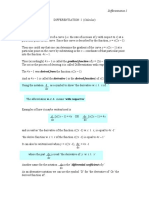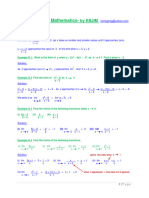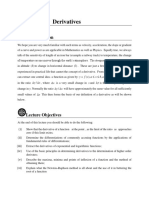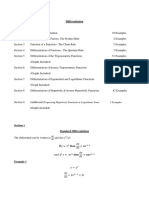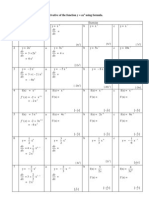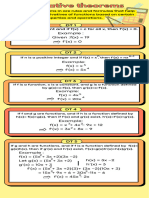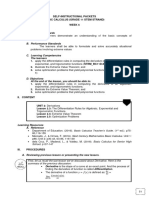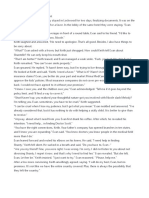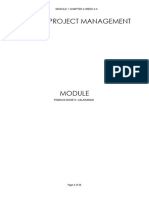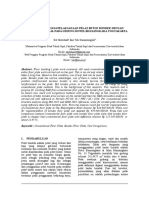0% found this document useful (0 votes)
3 views4 pagesChapter 4 Algebraic Functions
Chapter 4 covers algebraic functions, focusing on the derivatives of sums, products, and quotients. It provides standard formulas for differentiation, including the derivative of a constant, and examples illustrating the application of these formulas. Exercises are included for practice in differentiating various functions.
Uploaded by
iancarlbalinquit2121Copyright
© © All Rights Reserved
We take content rights seriously. If you suspect this is your content, claim it here.
Available Formats
Download as PDF, TXT or read online on Scribd
0% found this document useful (0 votes)
3 views4 pagesChapter 4 Algebraic Functions
Chapter 4 covers algebraic functions, focusing on the derivatives of sums, products, and quotients. It provides standard formulas for differentiation, including the derivative of a constant, and examples illustrating the application of these formulas. Exercises are included for practice in differentiating various functions.
Uploaded by
iancarlbalinquit2121Copyright
© © All Rights Reserved
We take content rights seriously. If you suspect this is your content, claim it here.
Available Formats
Download as PDF, TXT or read online on Scribd
/ 4





